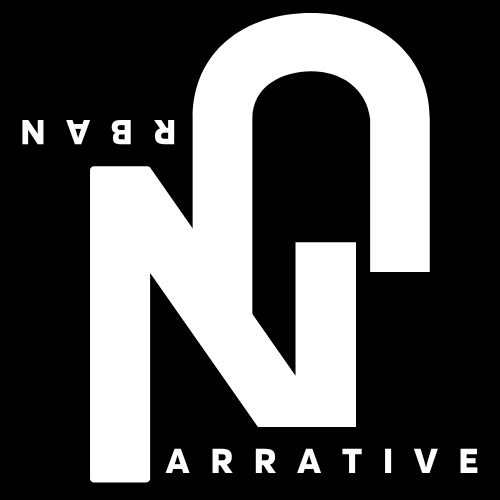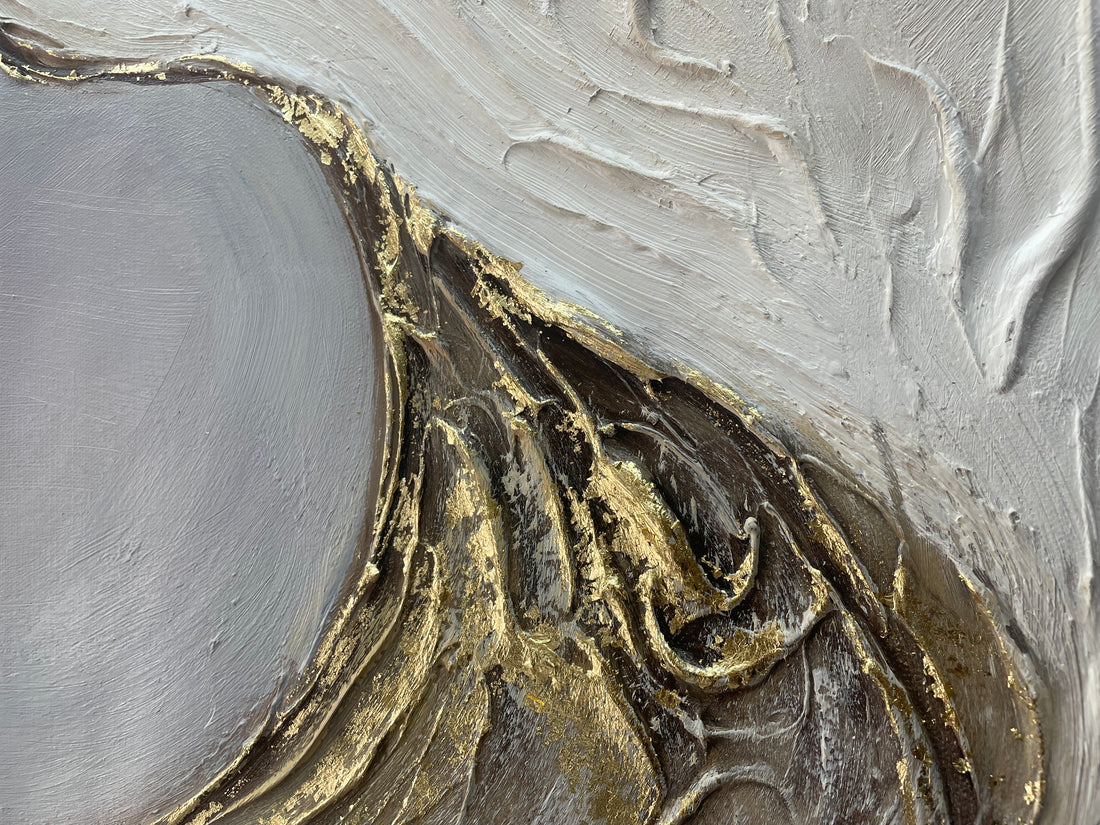In the realm of modern abstract art, texture plays a captivating role, transforming flat surfaces into tactile experiences. Let's embark on a journey to explore the world of texture in art, with a particular focus on modern abstract paintings. Texture is a subtle yet impactful element that introduces depth, intrigue, and a tactile dimension to artworks.
Vincent van Gogh's "Starry Night": An Iconic Example of Texture
One of the most famous examples of textured painting is Vincent van Gogh's "Starry Night." This swirling masterpiece is characterized by impasto, a technique where paint is applied in thick, textural strokes. The thick application of paint creates a three-dimensional quality, allowing viewers to feel the turbulence of the night sky.
 Vincent van Gogh's "Starry Night" (1889)
Vincent van Gogh's "Starry Night" (1889)
Texture in Modern Abstract Art: A Sensory Adventure
Texture in art refers to the physical quality of a surface, how it feels when touched, and how it affects the visual perception of a piece. In modern abstract art, texture is a powerful tool used by artists to convey emotions, create depth, and engage viewers on a sensory level.
4 Techniques for Creating Texture in Modern Abstract Art
Artists employ various techniques to introduce texture into their abstract creations:
1. Impasto:
This technique involves applying paint in thick, bold strokes or layers, creating a raised and textured surface.
2. Collage:
Incorporating materials like fabric, paper, or found objects onto the canvas adds a multi-dimensional texture to the artwork.
3. Mixed Media:
Combining different mediums, such as acrylics, oils, pastels, and more, creates a diverse textural landscape.
4. Sgraffito:
Artists scratch or carve into the paint layers to reveal underlying textures or create intricate patterns.
Understanding Texture in Art
Texture is a fundamental element in artistic expression, breathing life into two-dimensional and three-dimensional artworks. Sculptors and architects harness the tangible nature of texture, crafting three-dimensional pieces that invite the touch of the beholder. On the other hand, painters embark on a different journey, conjuring the illusion of texture on flat canvases, compelling viewers to imagine how an object or subject might feel if touched.
 Kai Pritchet, The Deep, Linen acrylic painting portrait canvas, 55 x 83"
Kai Pritchet, The Deep, Linen acrylic painting portrait canvas, 55 x 83"
Exploring the Two Faces of Texture
As we delve deeper into the world of art, it becomes evident that texture has a dual nature, manifesting as both physical and visual textures.
Physical Texture in Art:
The physical texture of an artwork is its tactile quality, the sensation that greets your fingertips when you reach out to touch it. Picture the contrast between the softness of a plush blanket and the roughness of a weathered rock—a tangible, sensory experience.
Visual Texture in Art:
In the realm of two-dimensional artistry, such as painting and drawing, artists conjure visual texture by skillfully manipulating materials on their canvas. This creates the illusion of texture, where the eye perceives depth, even though the surface remains flat. It's the art of making your eyes believe your fingers.
The Emotional Impact of Texture in Art
Texture in modern abstract art is not just a visual or tactile element; it also carries emotional weight. The roughness of a surface can evoke feelings of energy, while a smooth, polished texture may convey serenity. Research has shown that incorporating art in the home or office can impact our mood, work performance, mental health and relieve stress. Artists use texture to infuse their works with emotion, inviting viewers to connect with the artwork on a deeper level.
 Skylar West, Luminosity City, Linen acrylic painting landscape canvas, 110 x 55"
Skylar West, Luminosity City, Linen acrylic painting landscape canvas, 110 x 55"
Conclusion: A Multi-Sensory Art Experience
Modern abstract art is a treasure trove of textured wonders, inviting us to engage with art not just through sight but through touch and emotion. Texture transforms a flat canvas into a multi-sensory experience, allowing us to explore the intricate world of modern abstract paintings in a whole new way. The next time you encounter a textured masterpiece, run your fingers over the surface and let your senses embark on an artful adventure.
- The Urban Narrative

